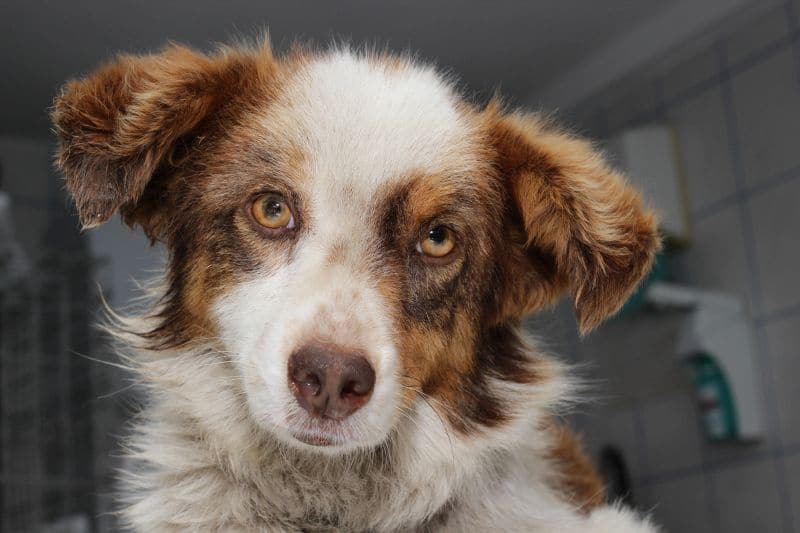Vision is a sense that reaches its optimal anatomical and functional level only at 4 months of age.
By this age, the puppy’s vision is blurred, and if you start pre-training earlier than this age, give the puppy a chance to see the ball or cloth by repeating the stimulating movement. Under no circumstances correct a puppy or adult dog for late notice or not even seeing a moving object.
To understand how the dog sees, it should be known that the receptor cells in the retina are of 2 types – rods and cones. Rods register low light levels in black and white and are necessary for night vision. By dilating the pupil, the eye allows more light to reach the retina. It is thus found that a dog sees well when the light is dim, but not at all when the darkness is deep.
The other receptors, called cones, are needed for coloured and light vision. Until recently, it was assumed that a dog’s vision was limited to black and white and shades of grey. But recent experiments have revealed that the dog’s eye can distinguish several colours. The fact that a dog’s eyes glow in car headlights is due to the opaque layer, called the tapetum lucidum, behind the light-reflecting receptor cells.
Dogs have biocular vision and a shallow depth of field of vision. Focusing an image is more efficient in breeds with eyes placed frontally than those with eyes placed laterally. Extremely keen on the most imperceptible changes in the environment and with exceptional peripheral vision, dogs are effective at visually reading territory and even the emotional states of humans.
The accuracy of the dog’s vision is sufficient to reconstruct the 625 lines per frame of a European standard TV broadcast. In other words, dogs in Europe can watch a TV programme without any problems, whereas those in the US, where it is broadcast with only 525 lines per frame, see only dots and moving lines.
